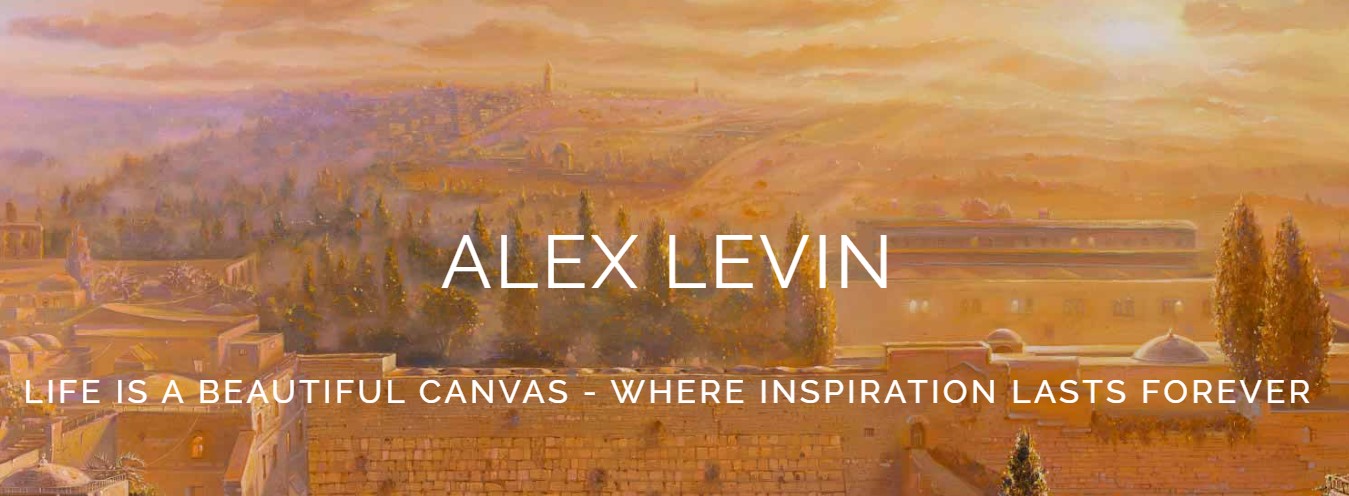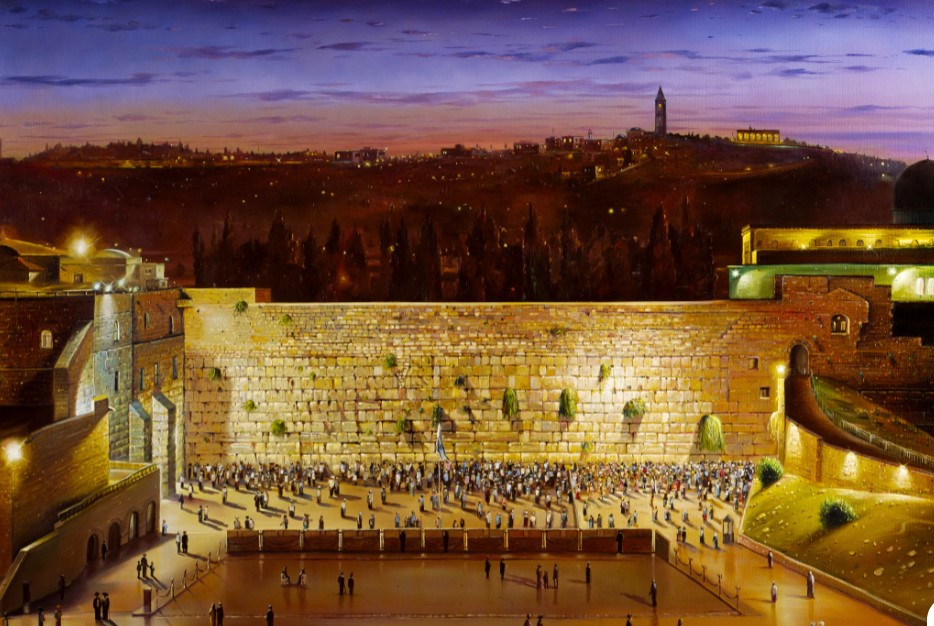
Judaic art is a type of religious art that is associated with the Jewish people. The art generally depicts scenes from the Hebrew Bible and often includes Jewish symbols and motifs. Judaic art is not only found in synagogues and temples but also in private homes and public spaces. While the style of Judaic art varies depending on the region and time period, it typically includes elements of both figurative and abstract art.
What is Judaic art?
Judaic art is a form of visual expression that has its roots in the Jewish faith. Judaic art typically includes imagery related to the Jewish people's history, culture, and religious beliefs. This can include everything from simple decorative items to complex works of religious art. Judaic art is often used as a way to express Jewish identity and pride, and it can be found in both public and private settings. While Judaic art can take many different forms, it often features themes of hope, strength, and resilience. Judaic art is a powerful way to connect with one's heritage and to celebrate the beauty of the Jewish culture.

The history of Judaic art
The history of Judaic art is often seen as inseparable from the history of Jewish peoplehood. Judaic art spans a wide range of styles, media, and functions. It includes religious paintings, sculptures, and secular works with Jewish themes. Judaic art also encompasses a wide range of objects used in religious rituals, such as the menorah and the mezuzah. While some Judaic art is exclusively for religious purposes, much is also created for secular audiences. In recent years, there has been a resurgence of interest in Judaic art among Jewish artists and the wider public. This has led to a renewed appreciation for the beauty and richness of this diverse body of work.
The different styles of Judaic art
Judaic art encompasses a wide range of styles, from the traditional and ornate to the modern and minimalist. One of the most iconic examples of Judaic art is the Jerusalem pictures, which depict scenes from the city's history and culture. These paintings are often brightly colored and incredibly detailed, offering a glimpse into a world that many people never get to see. Other popular styles of Judaic art include abstract paintings, sculpture, and textile design. No matter what style you prefer, there is sure to be a piece of Judaic art that you'll love.
The meaning behind Judaic art
Judaic art is a wide-ranging term that refers to any form of art with a Jewish theme or connection. This includes everything from traditional religious art to more modern secular works. Although Judaic art can be found worldwide, it is often associated with Israel, where it has been an essential part of the country's culture since its founding in 1948. Judaic art often explores themes of identity, history, and religion. It can be deeply personal and moving or lighthearted and whimsical. Whether created by professional artists or everyday people, Judaic art is a powerful way to express Jewish values and connect with other members of the community.
Contemporary Judaic Art
Contemporary Judaic art is a vibrant and growing field that encompasses a wide range of styles and media. While traditional Judaic art tended to focus on religious themes, contemporary artists explored a more comprehensive range of subjects, from Jewish history and culture to personal identity and experience. In addition to traditional painting and sculpture, Contemporary Judaic art encompasses a wide range of media, from installations and public art to video and performance. As the field continues to evolve, it is clear that Contemporary Judaic art plays an important role in shaping the way we understand and experience Jewish life today.

Modern interpretations of Judaic art
Art has always been an essential part of the Judaic tradition, both as a means of religious expression and as a way of honoring and commemorating key events in Jewish history. In recent years, there has been a renewed interest in Judaic art, with many contemporary artists creating new interpretations of traditional themes. Some artists explore the spiritual aspects of Judaism through their work, while others focus on the cultural and social aspects. Still, others use Judaic themes as a way to engage with broader issues such as immigration, the Holocaust, and the Israeli-Palestinian conflict. Whatever their approach, these artists are helping to keep the Judaic tradition alive and relevant in the modern world.
In conclusion, Judaic art is an integral part of Jewish culture and history. From the illuminated manuscripts of the Middle Ages to the modern interpretations of today, Judaic art has evolved over time while maintaining its original purpose and deeper meaning. Through a combination of traditional and modern elements, Judaic art continues to be a source of inspiration for many people worldwide.



























